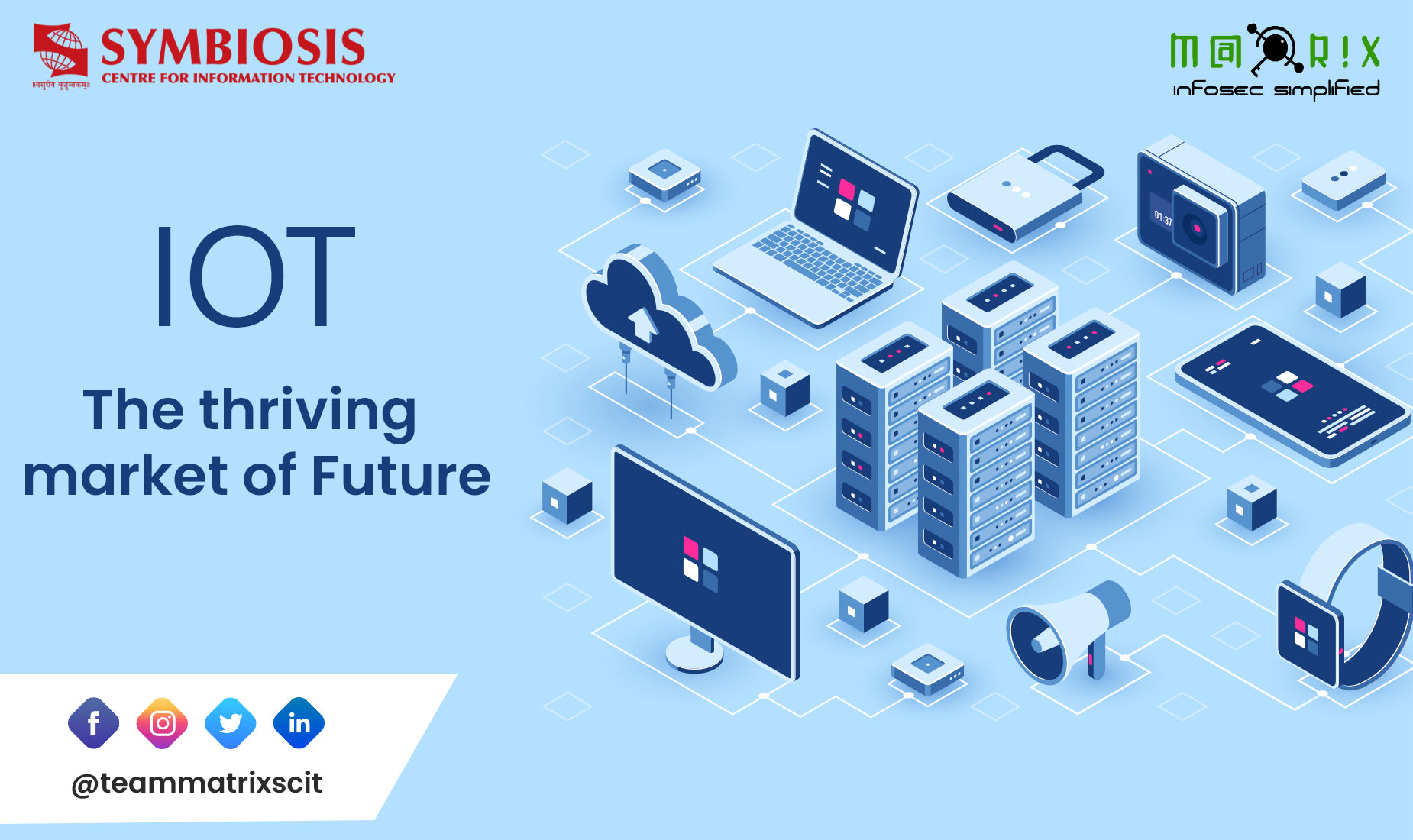Recapitulate those days when we used to set an alarm in our mobile or our moms used to wake us up in the morning for our college or workplace meetings. Gone are those days wherein we had to get up from our cosy bed on a lazy Sunday afternoon or even after a hectic day at night to switch off those lights that were kept on. Imagine our car being monitored for fuel checking. Consider the smart traffic cameras that keep track of all traffic violations and accidents by remotely capturing and tracking the city’s data along with the help of intelligence systems. In the medical arena too, consider doctors treating and remotely giving drugs to patients based on past historical data. You might have heard all of this buzzing here and there. But to be true the entire ecosystem seems to be now making super advancements in connecting these devices, to bring the entire world under a single umbrella. Well, the Internet of Things (IoT) is indeed blooming fast and great enhancements and innovations are being conducted which seems to make the future quite promising.

Now, the question that might strike all of us is what exactly does the Internet of things mean. For instance, it is the interconnection of multiple devices like television, computers, laptops, mobile phones, Ac’s, vehicles, home appliances, sensors and so on that communicates with the cloud. It facilitates machine to machine and man to machine interactions by establishing connectivity with a myriad of devices. If we dig a bit deeper, the IoT comprises of 4 key components. They are as follows: – (i) Sensors/Devices which is responsible for collecting data from the surrounding environments. (ii) Connectivity which sends the collected data to the cloud framework. (iii) Data Processing processes the acquired data collected on the web-connected servers also known as the cloud. (iv) User Interface is the last component that finally makes the information available to the end-users employing notifications/alarms via phone texts or emails.
Having spoken of IoT’s functionality, now let us concentrate on some of its advantages and disadvantages. To start with its benefits, we are all well versed with its easy access in real-time from wherever and whichever location we are at. All we need is a smart appliance and a strong internet connection. It is considered one of the best time-saving tools wherein we can search for the latest news updates on our smartphones while we are commuting. It’s just a click away. Its vast collaboration with AI technology brings in more information which in turn helps in improving the overall user experience. As far as the cons are concerned data breach is a major problem. Data Breach is defined as the exposure of sensitive private data by intentional or unintentional means. Since an enormous amount of data keeps on floating in the cloud, we may not be aware of what all information has been captured and transmitted which might lead to loss of privacy and security flaws. Dependency on an Internet connection is yet another problem wherein if we have no internet, forget about IoT, nothing can be done.
Thus, the future of IoT is indeed bright and promising. Machines and sensors are expected to generate 79.4 Zettabytes of data in 2025 which is predicted by IDC (International Data Corporation). With the help of machine learning-powered analytics, other devices are being programmed in a way so that IoT allows information flow between appliances and AI can help to manage this data without any human errors. Already IoT is gaining popularity in various sectors like transportation, manufacturing, industrial, healthcare and utility sectors and with all this, our lives are about to turn much easier and efficient very soon.
-Indira Roy (MBA-ITBM 2020-2022)

Very relevant and well written.